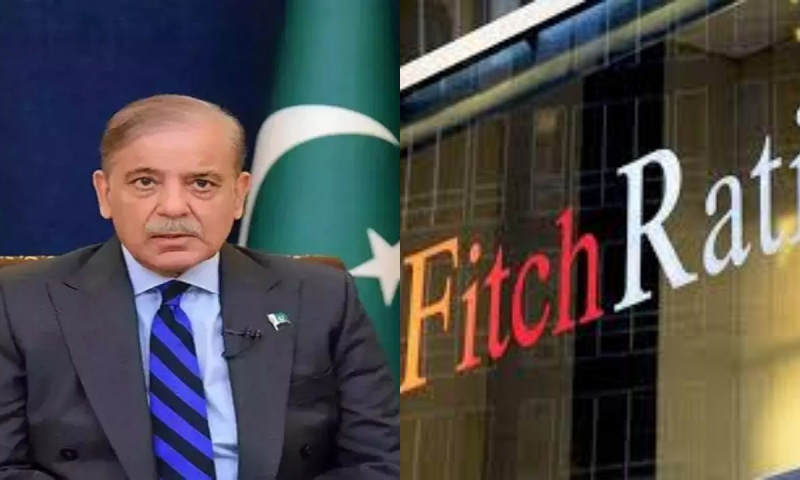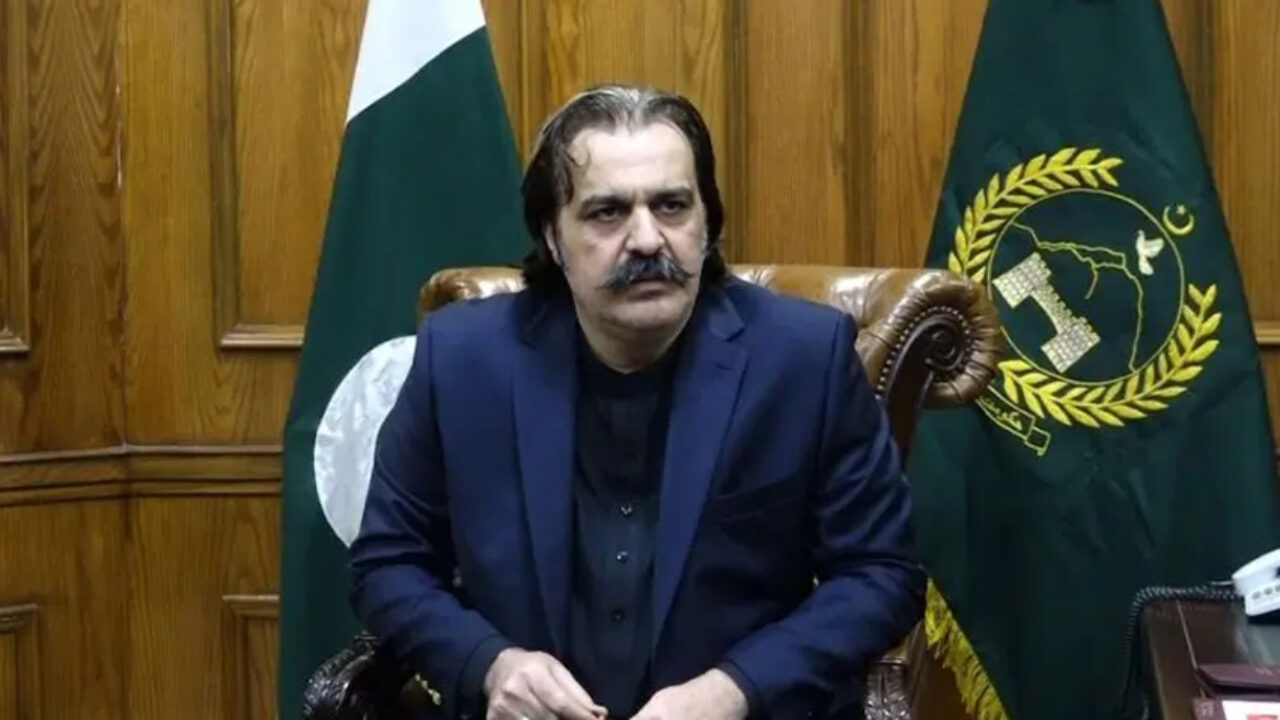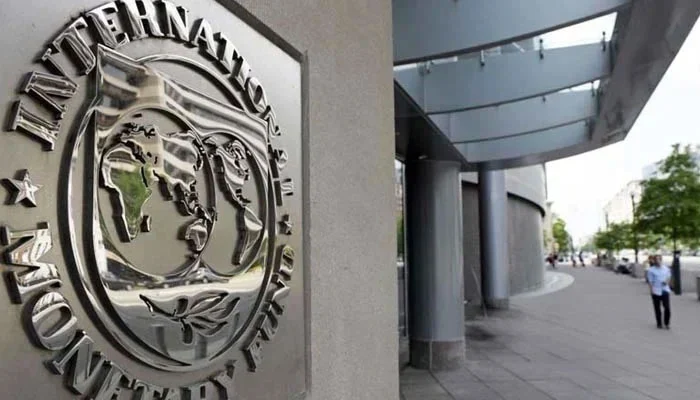A detailed Finance Division summary of consolidated federal and provincial fiscal operations for FY 2024‑25 reveals that current expenditure accounted for a staggering 95% of the total federal outlay, underlining fiscal pressures and limited space for development spending.
Total current expenditure for the year stood at Rs 16,482 billion, including Rs 15,695 billion at the federal level. A dominant portion—Rs 8,887 billion or 57%—was absorbed by interest payments. This includes Rs 7,997 billion for domestic debt servicing and Rs 890 billion for external obligations.
Additional current expenses included:
- Pensions: Rs 910.9 billion
- Running of civil government: Rs 891.6 billion
- Subsidies: Rs 1,297 billion
- Grants to others: Rs 1,513 billion
These figures highlight how structural liabilities dominate federal spending
Pakistan met the budget deficit and primary balance targets under the IMF’s Extended Fund Facility (EFF) program. The budget deficit was recorded at Rs 6,168 billion (5.4% of GDP)—better than the revised forecast of 5.6%, and significantly below the original 5.9% projection
Meanwhile, the primary balance posted a surplus of Rs 2,719 billion (2.4% of GDP)—the highest in decades—surpassing both government and IMF forecasts.
Total revenue reached Rs 17,997 billion (15.7% of GDP), against total expenditure of Rs 24,165 billion (21.1% of GDP). This left a deficit of Rs 6,168 billion.
Total tax revenue stood at Rs 12,722 billion, with the FBR collecting Rs 11,744 billion, up 26% from the previous year. However, this still fell short of the revised target of Rs 11,900 billion.
Non‑tax revenues totaled Rs 5,274 billion, buoyed by strong collections from SBP profit (Rs 2,619 billion) and the Petroleum Development Levy (PDL) along with various levies, royalties, dividends, fees and windfall levies.
Detailed non-tax revenue components include:
- Mark‑up from PSEs and others: Rs 257 billion
- Dividends: Rs 186.9 billion
- Profit from PTA and others: Rs 29.7 billion
- SBP surplus: Rs 2,619 billion
- Defence receipts: Rs 31.4 billion
- Passport fee: Rs 64.4 billion
- Other levies and royalties: including petroleum levy Rs 1,220 billion, royalties on oil & gas Rs 178.8 billion, natural gas surcharge Rs 42.9 billion etc.
This diversification of non-tax revenue helped stabilize government income in a challenging fiscal environment.
For FY 2024‑25, total primary current expenditures amounted to Rs 12,642 billion, with the federal government accounting for Rs 6,808 billion and provincial governments for Rs 5,833 billion.
Provinces collectively showed revenue improvements:
- Tax collections rose to Rs 979 billion, up 26% from Rs 774 billion.
- Non-tax revenue reached Rs 314 billion, reflecting 41% growth from Rs 223 billion.
Together, provinces posted total revenues of Rs 8,911 billion and expenditures of Rs 7,989 billion, yielding a surplus of Rs 921 billion, though short of the revised target of Rs 1,009 billion. Transfers from the federal government under the NFC totaled Rs 6,854 billion.
Provincial breakouts:
- Punjab: Revenue Rs 3,970 billion, expenditure Rs 3,622 billion, surplus Rs 348 billion, discrepancy Rs 40.6 billion.
- Sindh: Revenue Rs 2,610 billion, expenditure Rs 2,327 billion, surplus Rs 283 billion, discrepancy Rs 48.1 billion.
- Khyber Pakhtunkhwa: Revenue Rs 1,449 billion, expenditure Rs 1,272 billion, surplus Rs 176 billion, discrepancy Rs 155 billion.
- Balochistan: Revenue Rs 880.7 billion, expenditure Rs 766.9 billion, surplus Rs 113.8 billion.
Total development and net lending expenditure stood at Rs 2,966 billion, including:
- Federal PSDP (IMF format): Rs 786 billion (or Rs 1,049 billion by domestic accounting)
- Provincial development: Rs 2,198 billion
- Net federal lending: Rs –18 billion
Meanwhile, statistical discrepancies totalled Rs 329 billion, stemming from higher commercial and provincial deposits in scheduled banks, which distorted fiscal reporting. Federal discrepancy was –Rs 193 billion, while provinces accounted for –Rs 136 billion.
These outcomes align closely with Pakistan’s commitments under the IMF’s Extended Fund Facility (EFF). By meeting both deficit and primary surplus targets, Pakistan improved its fiscal position ahead of schedule.
Yet, the overwhelming share of current expenditure—especially the interest burden—continues to limit fiscal space for development and social sectors. A report from Topline Securities noted that Pakistan’s primary surplus of 2.4% of GDP is the highest in over two decades.
The World Bank and IMF emphasize that achieving debt sustainability will require further fiscal consolidation, revenue base broadening (especially agriculture and services), and structural reforms, including rationalizing defense and subsidy spending.




